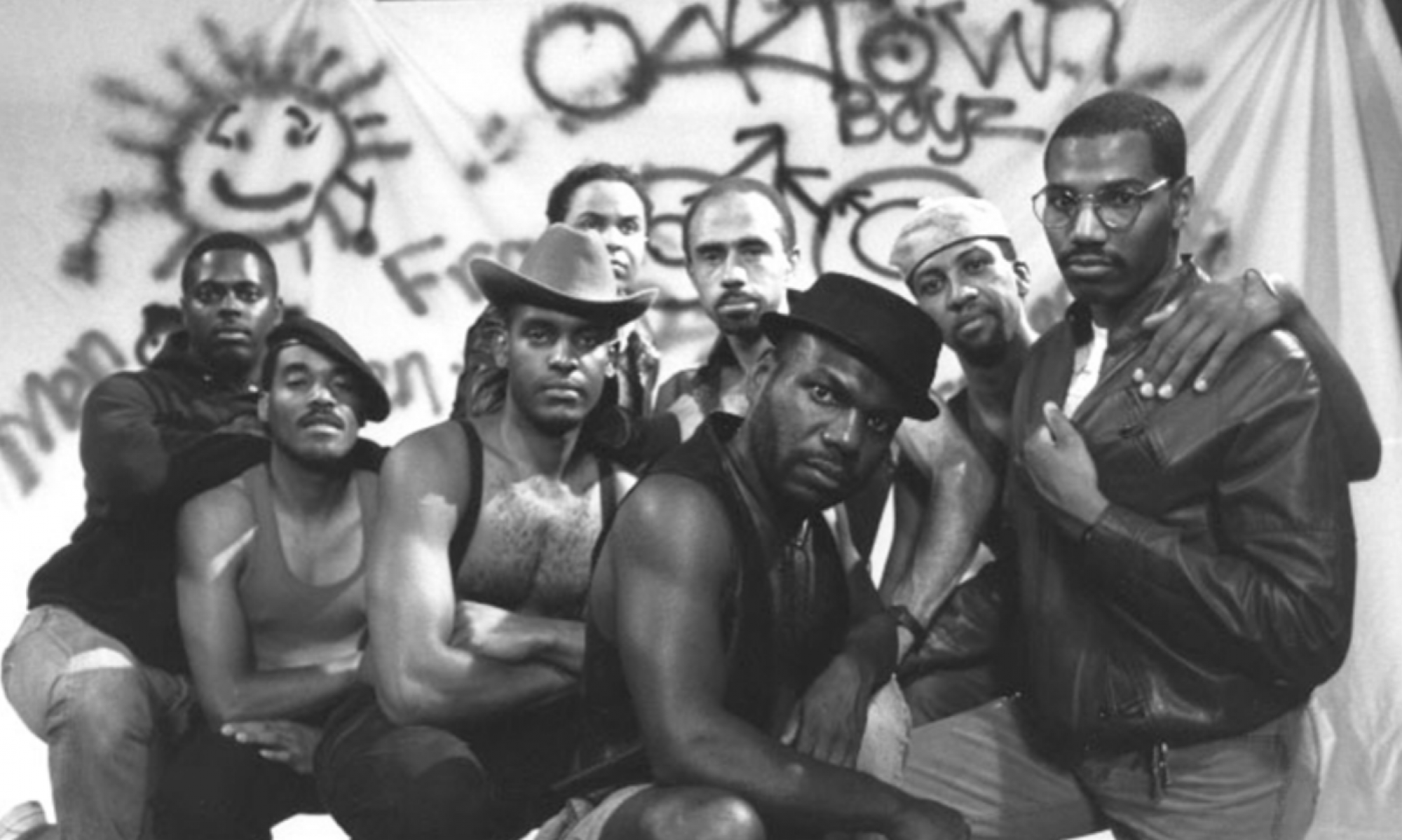In the first paragraph of her article “Forgetting ACT UP”, Alex Juhasz promises that she “recalls 1980s AIDS activism with pride, history, [her] best candor, and stories of [their] amazing energy and grief”. The legacy of ACT UP is often remembered as one of cis gay white men, and of ones who came and went on the activism scene. Now, years later, long after the relevance of AIDS activism ceased, we can look back and lament the dead and push it all aside as conquered territory. Juhasz rightly complicates this image of ACT UP and AIDS activism in her article, asserting that the “street-based, postmodern, confrontational ACT UP activism got and gets most of the attention because it could and can and it wanted to”, with participants who were “more photogenic, wealthier, more powerful, and simply sexier in the eyes of dominant culture than the rag-tag group of feminists, lesbians, drug addicts, people of color, homeless people, poor people, immigrants, mothers, and Haitians who were also engaged in activism at this time”. The general public seemed to isolate the palatable aspects of ACT UP activism and group them as the legacy of the movement, while erasing some of the most foundational elements of the movement.
In the article, Juhasz alludes to her piece Video Remains, an exploration of the later years of the life of her friend, Jim, and the burden of survival. Video Remains shows a duality of Jim’s tragic death from AIDS in 1993 and the ongoing work against AIDS in 2004, when the film was finished. Juhasz describes her role of a survivor and witness as a “professional rememberer”, and describes the role as one where she “laments for the many missing voices, those who can no longer remind us of their actions and memories, those whose feelings are lost, those for whom we who are still here feel obligated and privileged not to forget”. The legacy of ACT UP, then, may be one of remembering.
To remember something or someone is to bring the dead back to life, if only for a brief, artificial moment. Video Remains remembers Jim as he was, for the moments the film is able to capture, but in truth it can only fall short of remembering his whole person, every aspect of who he was. Or is. The footage of Jim clings to his person, knowing it will have to be a record of remembering very soon. Even though the footage went untouched until 2004, it is already building a legacy, and knowing that the legacy it builds will be inadequate, as all legacies are.
The other half of Video Remains reminds us what the true legacy of ACT UP, and how the ways we consider its legacy are harmful. The footage taken in 2004 of people living with AIDS reminds us, as it is astonishingly easy to forget, that the fight did not end with die-ins, funeral processions in the streets, or Jim. There is nothing finished about ACT UP, not yet, and there is no function to a legacy of a living movement.
Video Remains is not a protest film in the traditional sense. Never had protest been so intimate and heart wrenching. Never had the voices of the dead been so heard. It reminds us of many things, of who the dead were before they became the dead, what a plague like AIDS did to a body, what genocide looks like from the inside, and most importantly that the fight is ongoing. The best way to remember ACT UP? Join in now, for ACT UP’s legacy is still being born.
